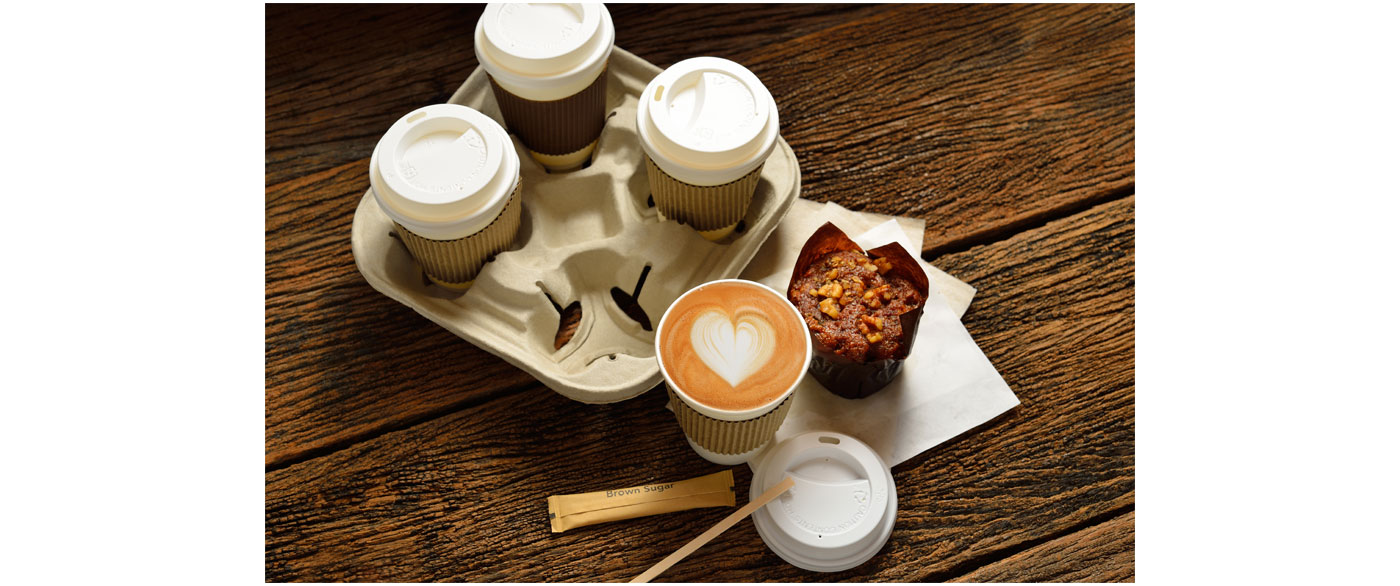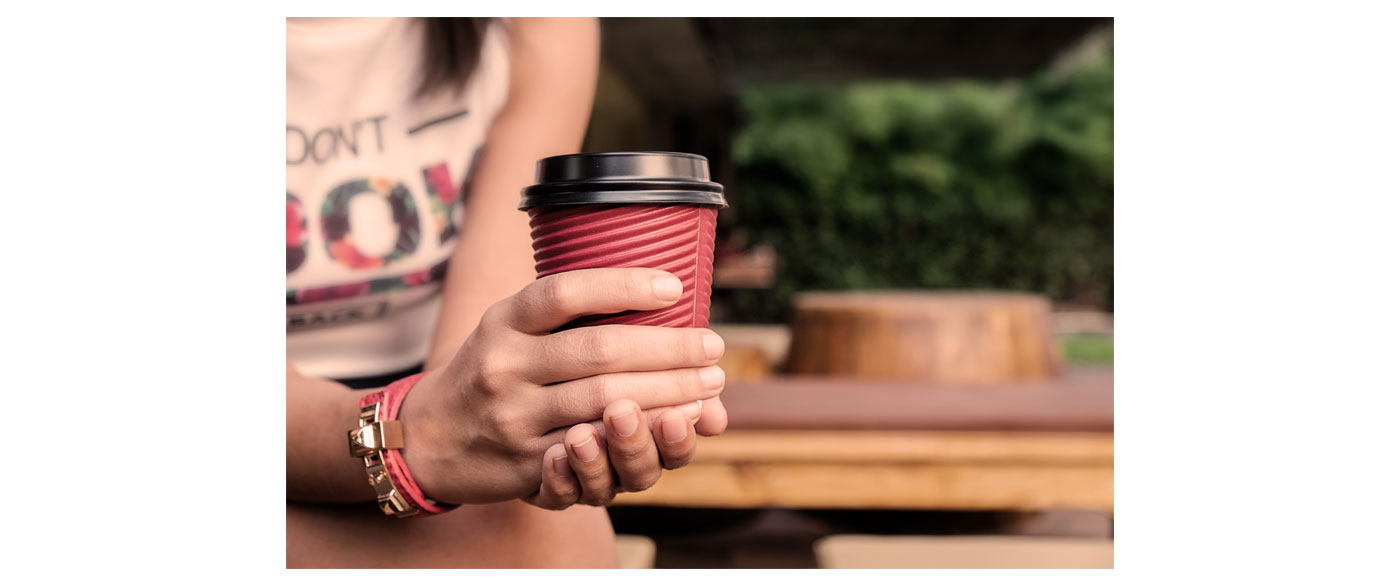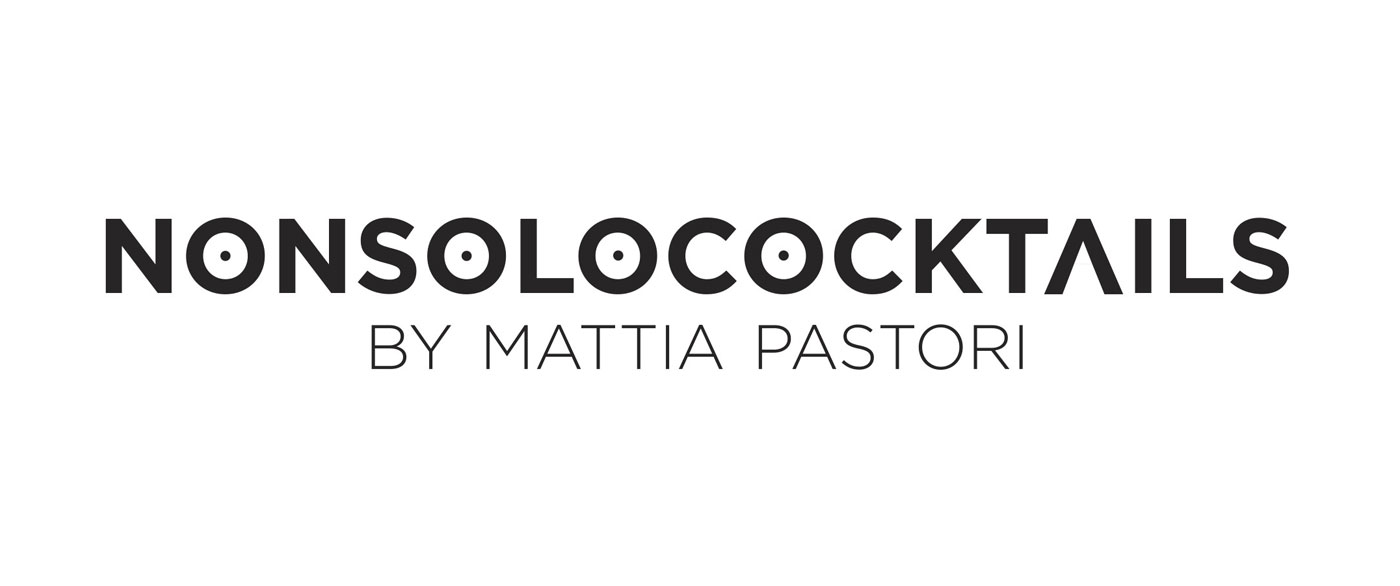Premises: reopening to the public from June 1
Among the sectors hardest hit by theCoronavirus health emergency are definitely the premises-bars and pubs, ice cream and pastry shops, pizzerias and restaurants, taverns, trattorias and agritourisms-further disappointed by the April 26, 2020, dpcm, which postponed from the assumption of Monday, May 18, to the reality of Monday, June 1 (barring early regional, or national reopenings if the situation improves sooner than expected) the reopening to the public. All while ensuring interpersonal distancing; systems for hand disinfection; compliance with sanitation, cleanliness, ventilation, and use of gloves or masks when required: so it is clear that both venue staff and customers will be in an unprecedented situation.
Phase 2: take-away food and drinks
In addition to the already active possibility of bringing food and beverages home, as of today Monday, May 4, the possibility of preparing take-away food and beverages officially restarts throughout Italy (where not otherwise indicated), subject to the obligation to maintain a distance of at least one meter and the prohibition of consuming food and drinks inside or in the immediate vicinity of the premises. RGMania has always been attentive to delivery and in recent years has increasingly increased products that go in that direction, as the trend was clear to us even before the advent of Covid, under the banner of green , eco-friendly and environmental sustainability. Our proprietor Giorgio Negri was interviewed for his blog Non Solo Cocktails by the man on the other side of the fence, one of the most highly regarded bartenders nationwide and beyond, Mattia Pastori, about biodegradable, compostable materials and the role of take-away in 'phase 2' of venues.
Mattia Pastori: Biodegradable: when did you start selling it, how did the idea come about and how did you evolve?
Giorgio Negri: The idea did not come from us but obviously from the companies that started to propose it and that, with great willpower, started to produce the first products in eco-sustainable material, then biodegradable and now, increasingly, compostable. As soon as these first products appeared at trade fairs, in catalogs, and among industry novelties, RG seized the ball and began testing them on the market. We are talking about 5 years ago, but it was very hard at first, not only because the products cost much more than plastic but also because awareness about environmental issues was light years away. However, we knew that sooner or later the topic would become a professional focus and not just a social one, so we believed in it and now, when many are still gearing up, we are instead simply expanding the offering. This is a difficult job because there are many companies producing organic media and the differences between product and product are sometimes minimal, but fortunately the experience accumulated over the years is helping us.
M.P: There have been so many evolutions in recent years, can you tell me three moments in your history when you have witnessed change?
G.N: The first moment was undoubtedly seeing the first products 'appear,' as we were saying. A simple straw or paper cup was something unprecedented and very fascinating. The second can be recognized in the awareness of many companies that adapted, sooner or later. In recent months, when representatives offered us the product, they found us partly prepared and particularly eager to learn. It is not easy to understand the difference between one product or the other, often it is a matter of simple grammage, and the legislation that will come into force with 2021 is not clear with respect to the materials that can be used, but for RG it is very important to know what it is selling-our intent is in fact to offer quality service through assistance and not just to sell. The third was the boom in requests, around the middle of last year. With Greta Thumberg and the race to save the planet coming to the general public, a real bombshell broke out. Many people don't know what the differences between the materials are, but they know perfectly well that they have to adapt, so they have started asking and need to be given the best advice.
M.P: When the health emergency is over, what direction do you think our work will develop in?
G.N: Considering that delivery and take-away services have been extremely popular in America for many years and have only very recently begun to spread to our area, I think we will try to 'catch up,' so to speak. The market will test the products, understand their potential not only in terms of functionality and profit margins, but also as a complementary service. Let me explain. Italy has always been the country of those who do everything at home, but the longer working hours and the many possibilities made available by technology have made it possible for customers to understand that they can enjoy cooking from the comfort of their own home, and this awareness has forced restaurant managers to adapt to the new requirements, placing a parallel market alongside their traditional one, which brings even more visibility and new earnings.
M.P: Who will really make a difference in the food and beverage world?
G.N: Clearly those who got to delivery first and best. Those young companies that have paired important social work-well done, thought out, built--of simple, immediate communication with efficient service. Speed, empathy and convenience. Understanding how to leverage new channels and use the best media for service. RG has always been very committed to this, providing insights on its RGLife blog to understand what the best products are and how to make the most of them.
M.P: Is our 'industry' ready to bring home cocktails as good as if they were consumed at the bar? And how is it possible to reproduce at home the experience you have in the bar?
G.N: Besides tasting, I think there is another component that the customer really likes: learning. It's difficult to keep a wide selection of spirits at home and understand their peculiarities, but the evolution of mixing in recent years has taught us that customers are increasingly competent and demanding, so they are willing to learn, which is why I think a great delivery service is one that combines competence and involvement. It would be appropriate to include in each take-away package a small folder listing the products used and the advice on how best to complete the drink to make the customer feel involved. To give an example, they might be suggested to add ice or a splash of seltzer or even a slice of lemon, all of which are simple and can be kept in the house, but more importantly, are unlikely to be incorporated into the drink during takeaway (the ice melts, the seltzer goes flat, the lemon soaks). A small gesture of involvement that at the same time attests to the quality of the product and the desire to maintain contact even at a distance.
M.P: Are there any SOPs you feel like pointing out for bartenders who are exploring alternative modes of service?
G.N: Undoubtedly do a very careful analysis between the product offered and the best support, to keep costs down without sacrificing quality and presentation even in delivery, but be very careful about the materials of the products because the spotlight is always on environmental protection and you have to be prepared by an increasingly attentive public.



